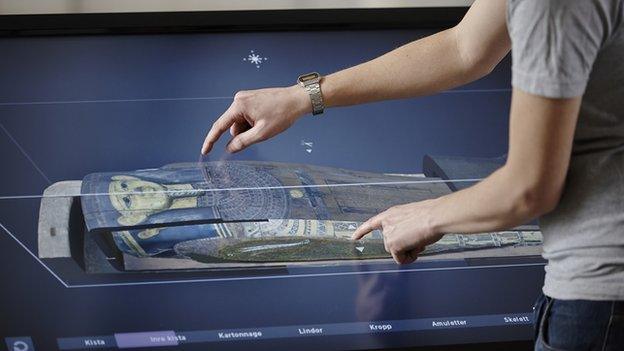Ancient DNA tests solve Manchester mummy sibling mystery
- Published
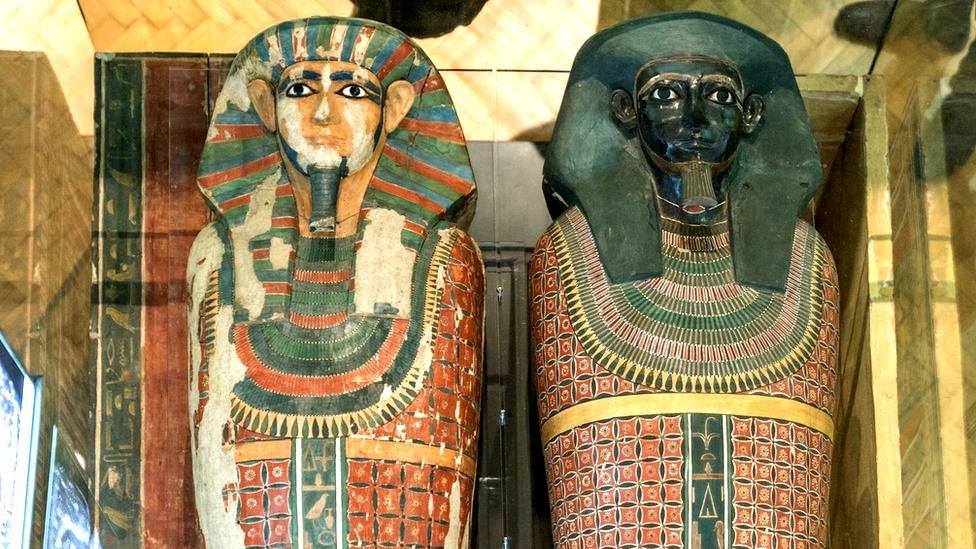
DNA extracted from the mummies' teeth was taken for testing
A pair of Egyptian mummies nicknamed "Two brothers" by a museum are actually half-brothers, according to research using ancient DNA.
Scientists from the University of Manchester used DNA from the mummies' teeth to establish that they have the same mother but different fathers.
"I am sure the brothers would be very proud of us," said Dr Konstantina Drosou, from the university.
The pair are Manchester Museum's oldest mummies and date back to 1800BC.
Egyptologists have long debated whether the mummies of two elite men - Khnum-nakht and Nakht-ankh - were related ever since they were discovered in 1907.
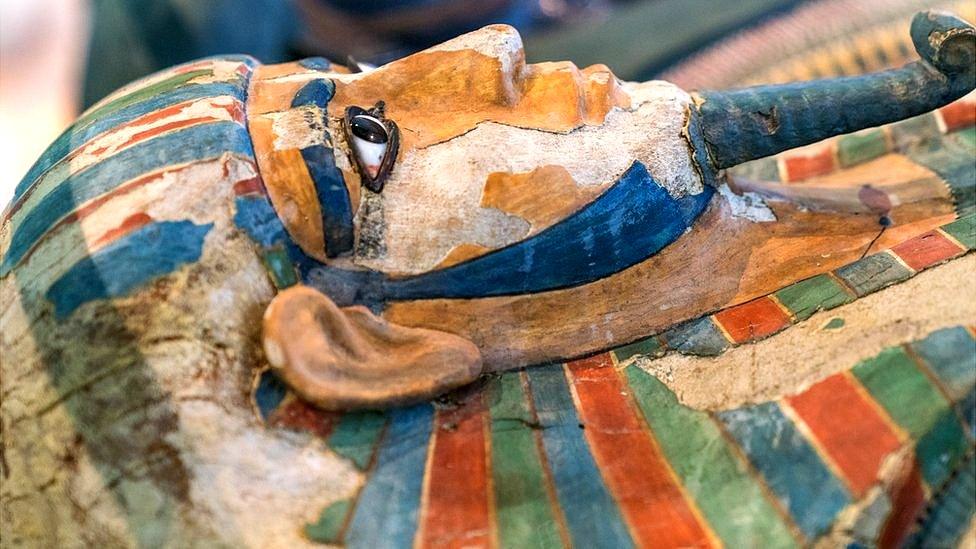
Egyptologists have debated whether the mummies were really siblings
A university spokesman said two years ago "ancient DNA" was extracted from their teeth to solve the mystery.
Dr Konstantina Drosou, from the university's School of Earth and Environmental Sciences, tested the samples using DNA sequencing - the process used to determine the order of the four chemical building blocks that make up the genetic information from a given living organism.
"It was a long and exhausting journey to the results but we are finally here," she said.
"I am very grateful we were able to add a small but very important piece to the big history puzzle and I am sure the brothers would be very proud of us. These moments are what make us believe in ancient DNA."
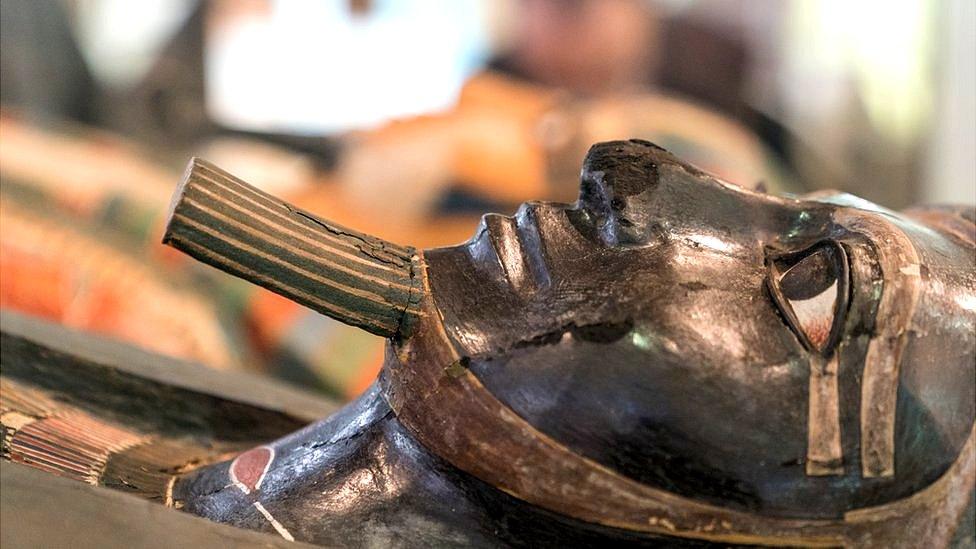
The mummies were discovered 250 miles (400km) south of Cairo
The pair's joint burial site, later called The Tomb of The Two Brothers, was discovered at Deir Rifeh, a village 250 miles (400km) south of Cairo, by Egyptian workmen directed by early 20th Century Egyptologists, Flinders Petrie and Ernest Mackay.
Hieroglyphic inscriptions on the coffins indicated that both men had mothers with the same name, Khnum-aa.
- Published4 July 2017
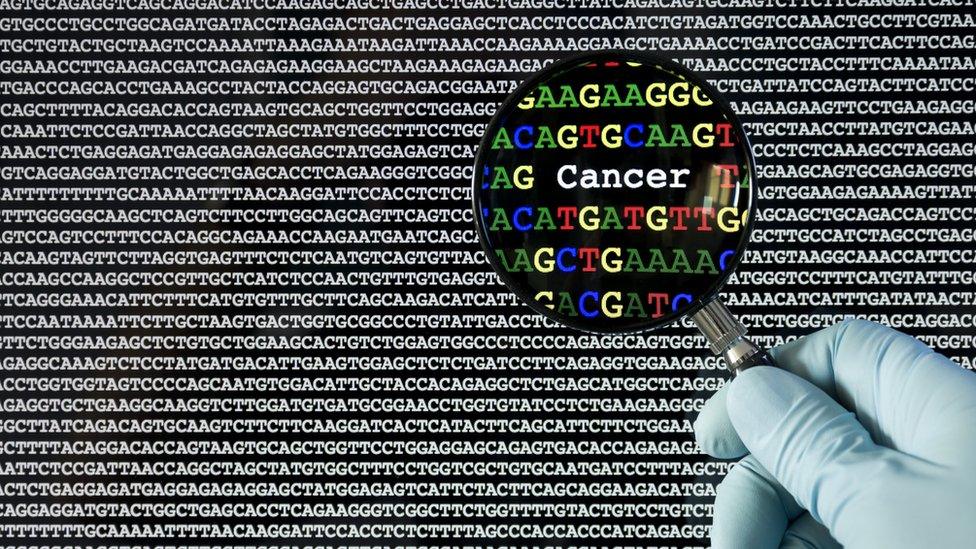
- Published30 August 2016

- Published11 May 2015
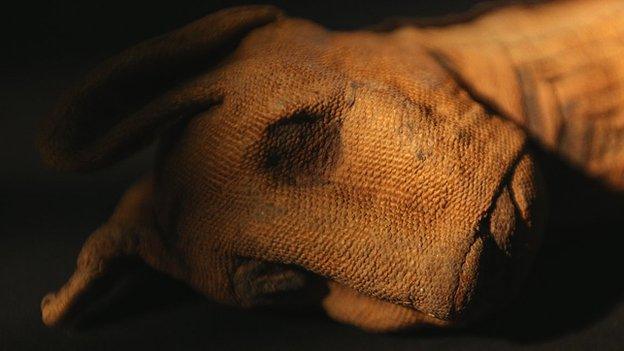
- Published20 March 2014
